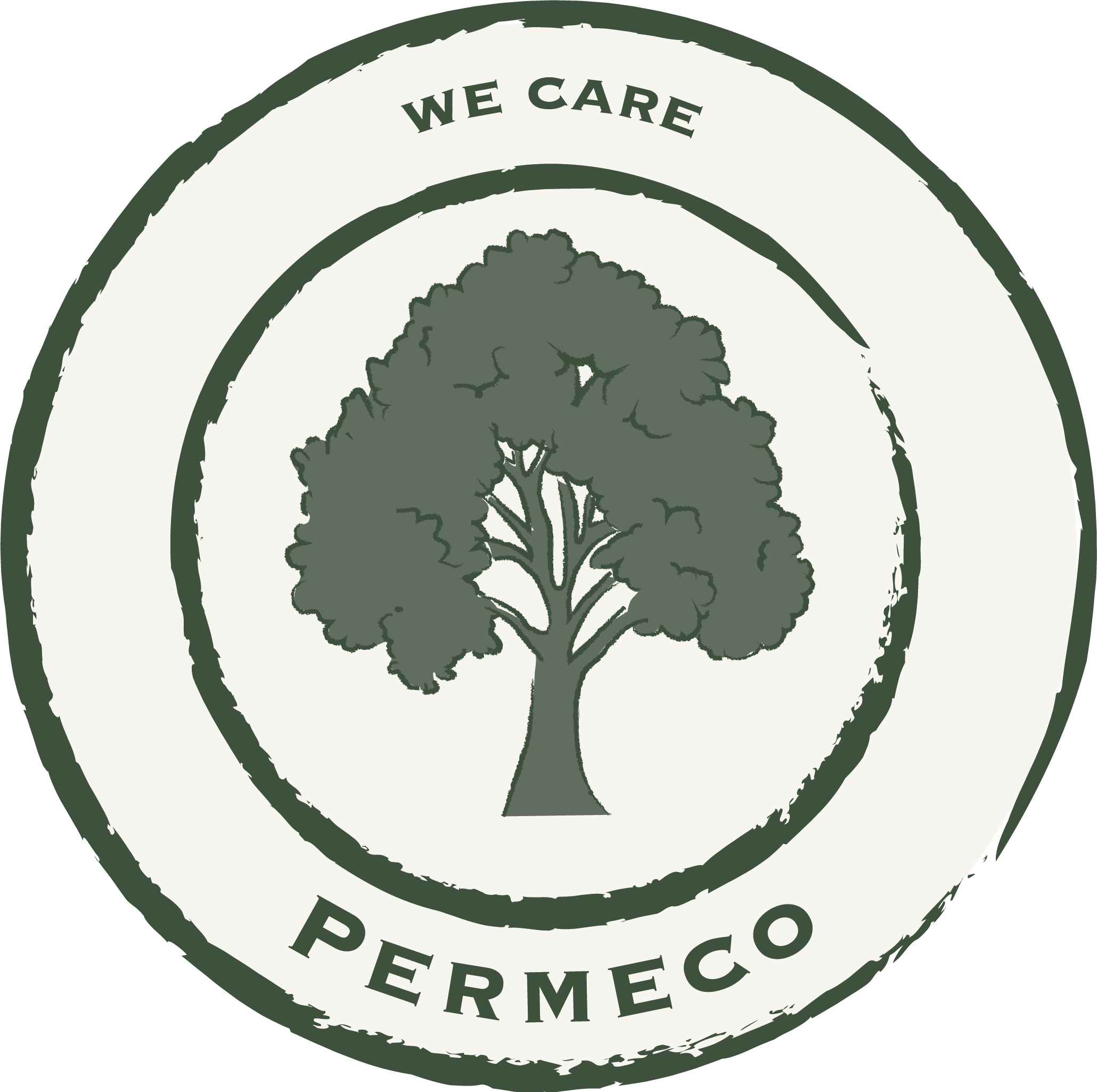HOW DO WE BREAK THE CODE WITH INCREASED ANIMAL WELFARE?
Today, fortunately, there is a great deal of focus on animal welfare in conventional agriculture, but there are still many challenges to solve, we think.
In the stables
Therefore we are in process of applying for permits to build a new type of cow house, which is tailored to the cattle's needs. There is more space per cow, stress-free zones, resting places and a soft organic material with good absorbency, which ensures that the animals can be kept clean and lie dry in the cow house. There will be a much better hygiene, which gives rise to less disease in the herd. Der kommer en meget bedre hygiejne og det afføder mindre sygdomme i besætningen.
All studies show that when cows are given more space and the freedom to choose where they want to stay, their well-being, productivity, the quality of the milk will improve and last but not least: Newborn calves get along much better and get a better start in life.
When you give cows a soft organic material to move on and rest in, it can’t only be seen and tasted that well-being improves. It can also be measured. Fewer animals are taken ill and thus the consumption of medicine in the herd will decrease. Sick animals or animals that get scratches will recover much faster because the hygiene is better. In other words, it will be nicer to be a cow, and the products that come from the cow will be healthier.
It is our idea that if agriculture is to continue to be a supplier of important foods to everybody with the challenges of resources, the climate and the environment that we face today and especially in the future, then we need to think long-term, and we have to take up all the challenges and do something about them.
It is our intention to build new cow houses, which are practically pollution-free, where there are no inconveniences by ammonia and which in the long run are somewhat cheaper than ordinary cow houses.
The breeding work also ensures a strong and healthy cattle herd - “PermeKoen”
The modern dairy cow is bred to convert energy-rich feed into large amounts of milk. The reverse of the medal is that the cows have become more "fragile" and cannot live by the original roughage quantities.
The Permeco model includes large grass areas, so we have to "reinvent" a more robust cow that is fit for grazing. In principle, it is back to 2-purpose cows, where both milk and meat are produced, neither, however, as much as in a pure dairy cow/pure beef cattle. We have a little more wishes for our cows than the 2 purposes. They must also have good robustness, good health, they must be fit for grazing and be sociable.
Attempts have been made to cross 2-purpose cows into ordinary dairy cows with good results. We're just taking it a few steps further.
As we get out into unknown waters on our way, we have chosen to start with 3 basic dairy breeds: Holstein, Red Danish Dairy Breed and Jersey as well as crosses of them.
These 3 have been crossed with Fleckvieh, which is a milking version of "Simmentaler". That is 2-purpose breed with good abilities for large roughage (grass) uptake.
The cows we get out of this, we will then again cross with Red German Dual Purpose Cow/MRI. It is a breed that in both Germany and the Netherlands is known as good grass cows.
When we can see which of our "basic crosses" gives the best cow, we will be able to choose the final genetics.
In order to get the best father genetics for the calves of our final cows, we have at the same time started breeding work with "Wagyu" (Kobe) and Murray-gray (Australian very hardy beef breed). The idea is that the "surplus" calves from our production, must be cross steers between these breeds and our "combi-cow", so that we will get the best possible meat quality and frugality, so the cattle can thrive on the more extensive areas . This is what we call "Wadden Sea Wagyu".
The breeding project is a very long project. It will take about 5 years before we can finally determine the final genetics. But already now the first crossings have entered into herd and production.
Grazing in Ribemarsken
In Permeco, we want our animals also to thrive on the meadows in “Ribemarsken”. The cattle must be robust enough to be out in the Danish weather on moist lowland areas without there being an increased risk of disease. Our cattle must contribute to a gentle grazing of the meadows around Ribe.
A field with a high feed value ensures good animal welfare, as the animals get a healthy and nutritious diet. For example, a feed plan based on grass is used, with plant fats to reduce methane from the cows. The grasslands are made up of many different kinds of grasses and herbs, which provide the animals with a nutritious diet with a high content of proteins and vitamins. Permeco is working to become 100% self-sufficient.
Today, the livestock at Projekt Klimagården is a large mix of Black-spotted Danish Dairy Cows, Red Danish Dairy Cows and Jersey.
What the cow of the future will look like is a big question, as we don’t know yet. The type of crossing work we are starting up has never been tried before.
